|
Are you using free indirect speech in your writing? This article provides an overview of what it is and how it can spice up crime fiction.
What is free indirect speech?
In a nutshell, free indirect speech offers the essence of first-person dialogue or thought but through a third-person viewpoint. The character’s voice takes the lead, but without the clutter of speech marks, speech tags, italic, or other devices to indicate who’s thinking or saying what. It’s a useful tool to have in your sentence-level toolbox because:
The table below shows three contrasting third-person narrative styles in action so you can see how free indirect speech works:
It’s also referred to as free indirect style and free indirect discourse.
1. Flexibility and interest Free indirect speech (FIS) is flexible because it can be blended seamlessly with other third-person narrative styles. Let’s say you want to convey information about a character’s physical description, their experiences, and their thoughts – what they think and delivered in the way they’d say it. You could use third-person objective for the description, third-person limited for the experience, and free indirect speech for some of the thought processes. In other words, you have a single narrative viewpoint but styled in different ways. You’re not changing the viewpoint, but rather shifting the distance between the reader and the character. And that can make your prose more interesting. Here’s an example from Val McDermid’s Insidious Intent (p. 14). She begins with a more distant third-person narrator who reports what had been on Elinor Blessing’s mind, and when. Then she shifts to free indirect speech (the bold text). This gives us temporary access to Blessing’s innermost thoughts – her irritation – and her lightly sweary tone, but still in the third-person:
Philip Prowse employs a similar shift in Hellyer’s Trip (p. 194): 2. A leaner narrative FIS is a useful tool when you want to declutter. Direct speech and thoughts are often tagged so that the reader knows who’s speaking/thinking:
With regard to thoughts, there’s nothing wrong with a reader being told that a character thought this or wondered that, but tagging can be interruptive and render your prose overworked and laboured if that’s the only device you use. Imagine your viewpoint character’s in a tight spot – a fight scene with an arch enemy. The pace of the action is lightning quick and you want that to be reflected in how your viewpoint character experiences the scene. FIS enables you to ditch the tags, focus on what’s going on in the character’s head, and maintain a cracking pace. The opening chapter of Stephen Lloyd Jones’s The Silenced contains numerous examples of free indirect speech dotted about. Mallory is being hunted by the bad guys. She’s already disarmed one in a violent confrontation and fears more are on the way. Jones keeps the tension high by splintering descriptions of step-by-step action with free-indirect-styled insights into his protagonist’s deepest thought processes as, ridden with terror, she tries to find a way out of her predicament:
Here’s an excerpt from Lee Child’s The Hard Way (p. 64). Child doesn’t use FIS to close the narrative distance. Instead, he opts to shift into first-person thoughts. Reacher is wondering if he’s been made, and whether it matters:
Some might argue that this is a little clunkier than going down the FIS route, but perhaps he wanted to retain a sense of Reacher’s clinical, military-style dissection of the problem in hand. If Child had elected to use FIS, it might have looked like this: Had they seen him? Of course they had. Close to certainty. The mugger saw him – that’s for damn sure. And those other guys were smarter than any mugger. [...] But had they been worried? No, they’d seen a professional opportunity. That’s all. It’s a good reminder that choice of narrative style isn’t about right or wrong but about intention – what works for your writing and your character in a particular situation. 3. Deeper insight into characters A third-person narrator is the bridge between the character and the reader. As such, it has its own voice. If there’s more than one viewpoint character in your novel, we can learn what we need to know via a narrator but the voice will not be the same as when the characters are speaking in the first person. FIS allows the reader to stay in third-person but access a character’s intimate world view and their voice. It closes the distance between the reader and the character because the bridging narrator is pushed to the side, but only temporarily. That temporary pushing-aside means the writer isn’t bound to the character’s voice, state of mind and internal processing. When the narrator takes up its role once more, the reader takes a step back. Furthermore, there might be times when we need to hear that character’s voice but the spoken word would seem unnatural:
FIS therefore allows a character to speak without speech – a silent voice, if you like. Think about transgressor narratives in particular. If you want to give your readers intimate insights into a perpetrator’s pathology and motivations, but are writing in the third-person, FIS could be just the ticket. Here’s an example from Harlan Coben’s Stay Close (chapter 25). Ken and his partner Barbie are a murderous couple bound together by sadism and psychopathy. Ken is preparing for the capture and torture of a police officer whom he believes is a threat:
This excerpt is from an audiobook. While listening, I could hear how the voice artist, Nick Landrum, used pitch to shift narrative distance. The book’s entire narrative is in the third-person, but Landrum used a higher pitch when presenting the narrator voice. Ken’s dialogue, however, is in a lower pitch, and so is the free indirect speech of this character – we get to hear the essence of Ken even when he’s not speaking out loud. If you’re considering turning your novel into an audiobook, FIS could enrich the emotionality of the telling, and the connection with your listener. A closer look at narrative distance To decide whether to play with free indirect speech, consider narrative distance and the impact it can have on a scene. Look at these short paragraphs, all of which convey the same information. All are grammatically correct but the reader’s experience is different because of the way in which the information is given, and by whom.
Your choice will depend on your intention. Think about your character, their personality, the situation they’re in, which emotions they’re experiencing, and the degree to which you want your reader to intimately connect with them.
Consider the following examples in relation to the table above:
Wrapping up FIS is used across genres, but I think it’s a particularly effective tool in crime writing because of its ability to simultaneously embrace brevity and communicate intimacy. Jon Gingerich sums up as follows: ‘Free Indirect Discourse takes advantage of the biggest asset a first-person P.O.V. has (access) and combines it with the single best benefit of a third-person narrative (reliability). It allows the narrator to dig deep into a character’s thoughts and emotions without being permanently tied to that person’s P.O.V. Done correctly, it can offer the best of both worlds.’ If you haven’t yet played with it, give it a go, especially if you’re looking for ways to trim the fat. Further reading
Louise Harnby is a line editor, copyeditor and proofreader who specializes in working with crime, mystery, suspense and thriller writers.
She is an Advanced Professional Member of the Chartered Institute of Editing and Proofreading (CIEP), a member of ACES, a Partner Member of The Alliance of Independent Authors (ALLi), and co-hosts The Editing Podcast. Visit her business website at Louise Harnby | Fiction Editor & Proofreader, say hello on Twitter at @LouiseHarnby, connect via Facebook and LinkedIn, and check out her books and courses.
14 Comments
29/7/2018 01:08:22 pm
Hi Louise,
Reply
29/7/2018 04:54:56 pm
Hi, Chris. Thanks so much for asking. I'd love to be included in your curated posts according to the terms you've outlined. You can get a headshot from my bio page here: https://www.louiseharnbyproofreader.com/bio.html. The images I use on my blog posts are free so help yourself.
Reply
2/8/2018 09:54:26 am
GREAT - Many thanks, Louise - it's now scheduled to go live TODAY, 2nd August, at 6:00PM, London, UK time (1:00PM EST)
Louise Harnby
2/8/2018 10:53:50 am
Thanks, Chris! You're an example of really good curation practice.
Reply
3/8/2018 09:00:44 am
Such a great article. I don't often encouter articles about FIS. Is it only my impression, or this is a technique that is not used very much today? I often see writers resort to first person, present tense instead, where I think FIS if far more effective and fexible.
Reply
Louise Harnby
3/8/2018 11:11:54 am
Thanks, Jazzfeathers!
Reply
Matt
21/1/2019 03:34:53 pm
Thank you for this. I've been seeking to learn more about Free Indirect but there doesn't seem to be much out there (any additional suggestions?).
Reply
Louise Harnby
21/1/2019 06:42:50 pm
Have you read this, Matt? I think it will answer your questions about PT thoughts vs free indirect style, and how to render for clarity: https://www.louiseharnbyproofreader.com/blog/how-to-write-thoughts-in-fiction
Reply
18/7/2020 03:05:07 pm
Dear Louise - thank you especially for the sum up of the 3-reasons-to-use-free-indirect-speech-in-your-crime-fiction blog.
Reply
Louise Harnby
19/7/2020 10:11:13 am
Hi, Alex. Free indirect speech retains the base tense AND narrative style. So if you're writing in third-person present, and introduce first person, it's a thought, not free indirect speech. If you're writing in first-person present, it's just normal narrative, not free indirect speech.
Reply
Aditya
14/8/2020 12:19:47 pm
Thanks for the wonderful post. I'm a 17 year old working on my first novel and FIS just came naturally to me when I started writing a few months ago. I'm slightly worried that the inner monologue of the MC written in FIS might blend with the action and confuse the reader, especially in fast paced action scenes. Please review this small except below :
Reply
Louise Harnby
14/8/2020 01:08:13 pm
Hi, Aditya.
Reply
Aditya
14/8/2020 01:33:53 pm
Thanks for the quick response Louise. I understand and do not expect specific guidance for free. I'll continue to follow your blog though. Thanks! Leave a Reply. |
BLOG ALERTSIf you'd like me to email you when a new blog post is available, sign up for blog alerts!
TESTIMONIALSDare Rogers'Louise uses her expertise to hone a story until it's razor sharp, while still allowing the author’s voice to remain dominant.'Jeff Carson'I wholeheartedly recommend her services ... Just don’t hire her when I need her.'J B Turner'Sincere thanks for a beautiful and elegant piece of work. First class.'Ayshe Gemedzhy'What makes her stand out and shine is her ability to immerse herself in your story.'Salt Publishing'A million thanks – your mark-up is perfect, as always.'CATEGORIES
All
ARCHIVES
July 2024
|
|
|
|


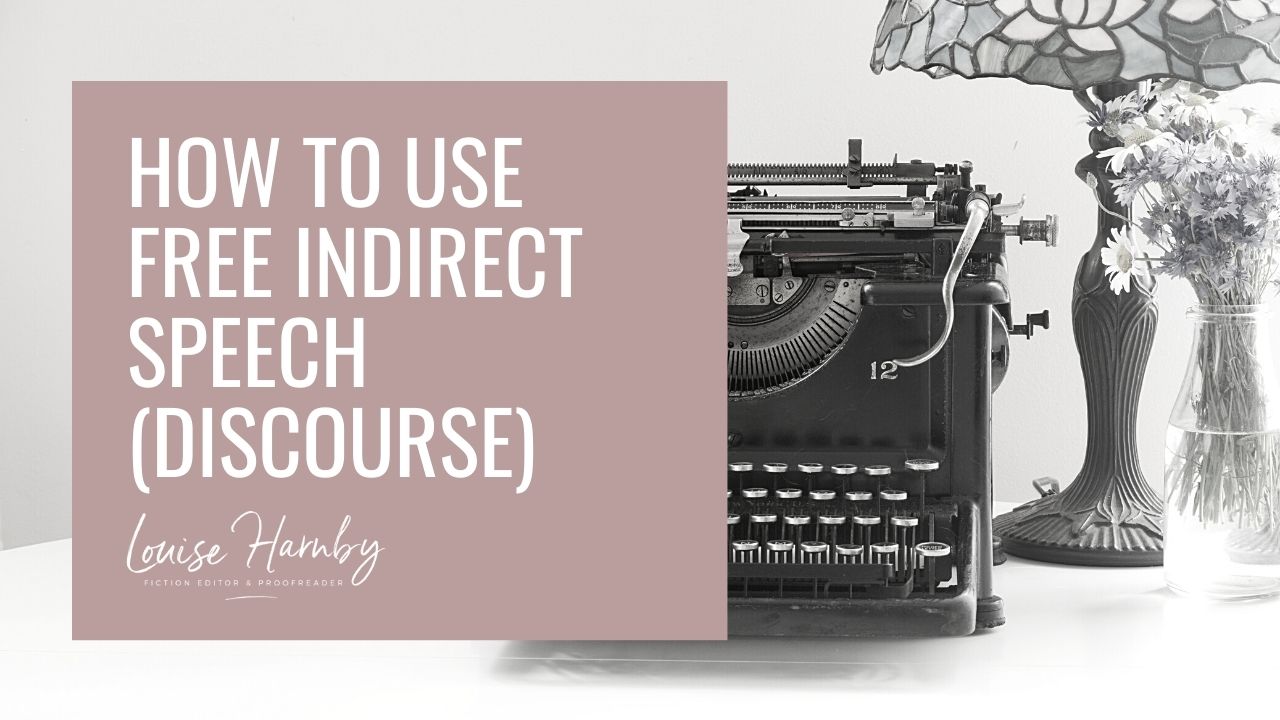
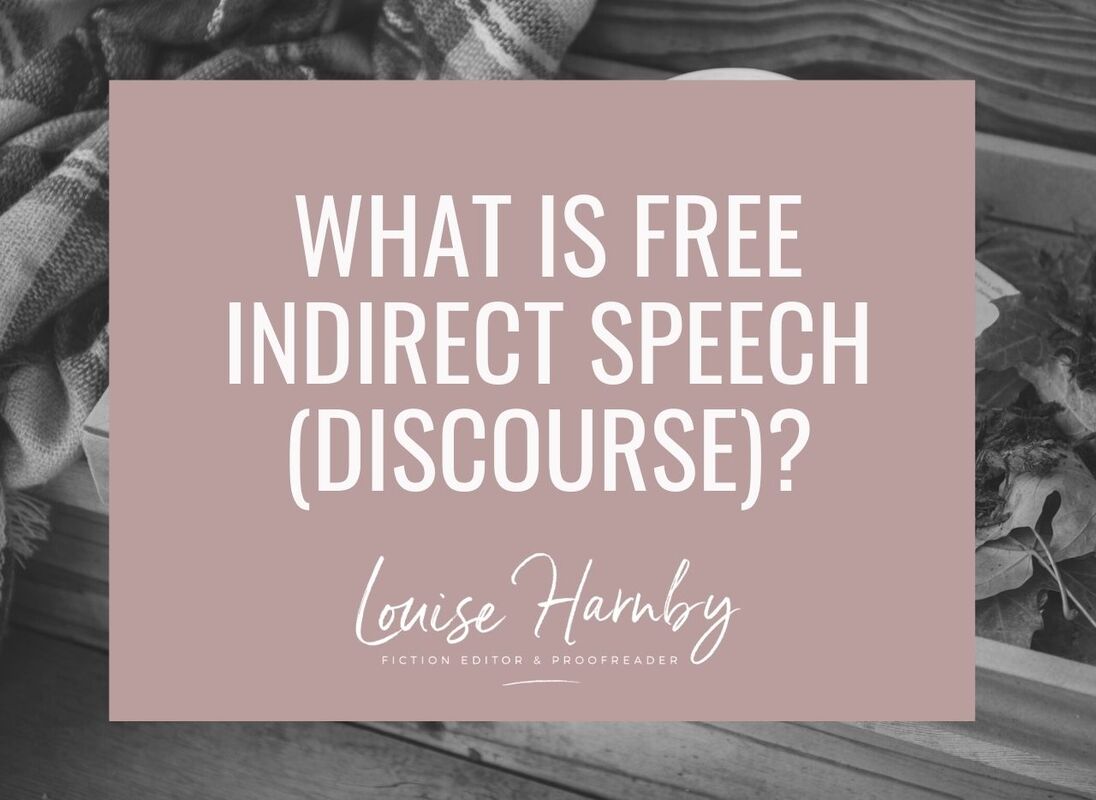

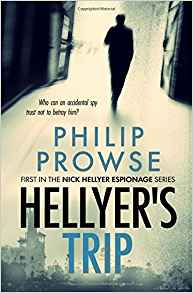
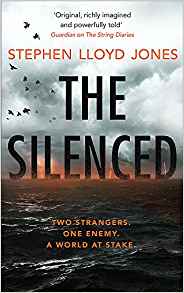
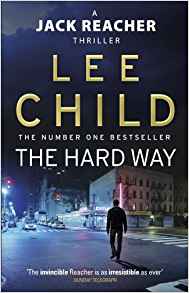






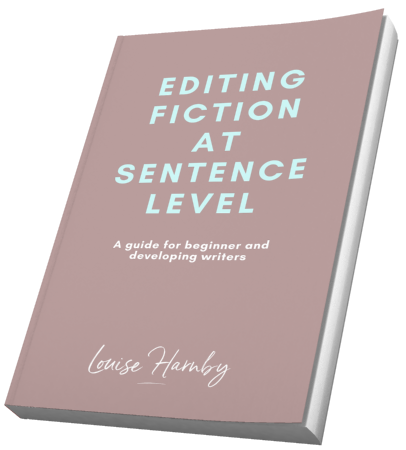
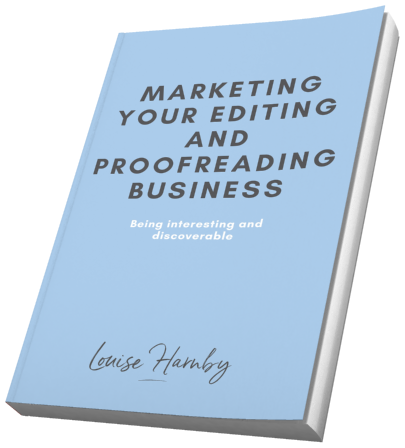
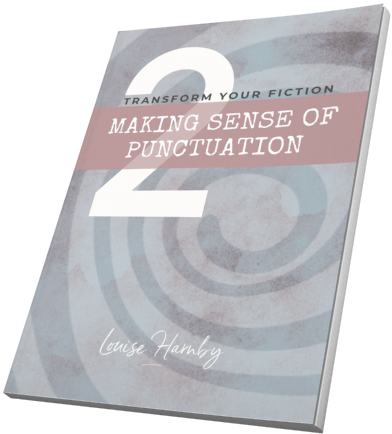
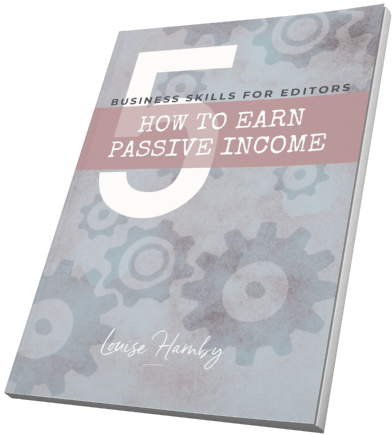
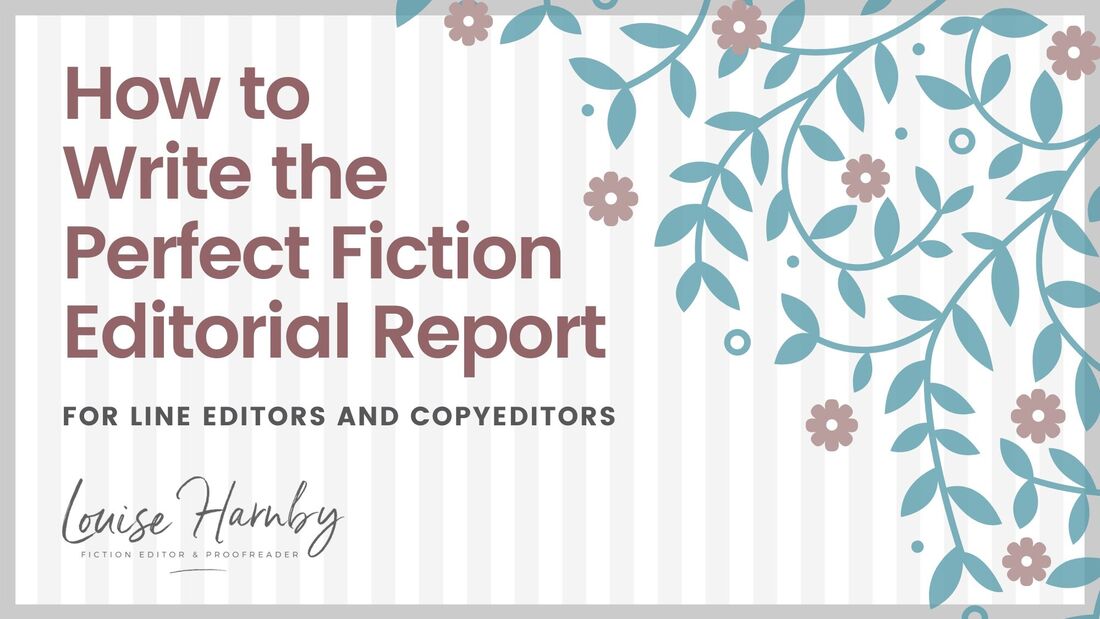
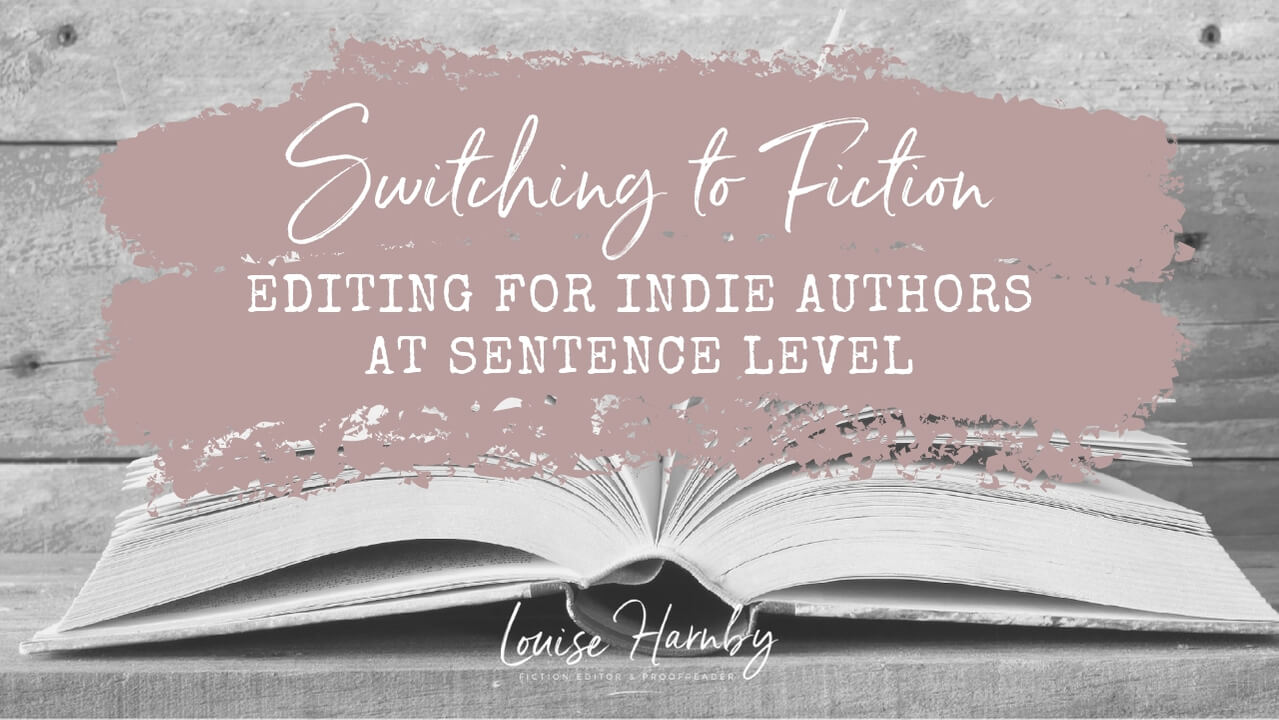


 RSS Feed
RSS Feed





